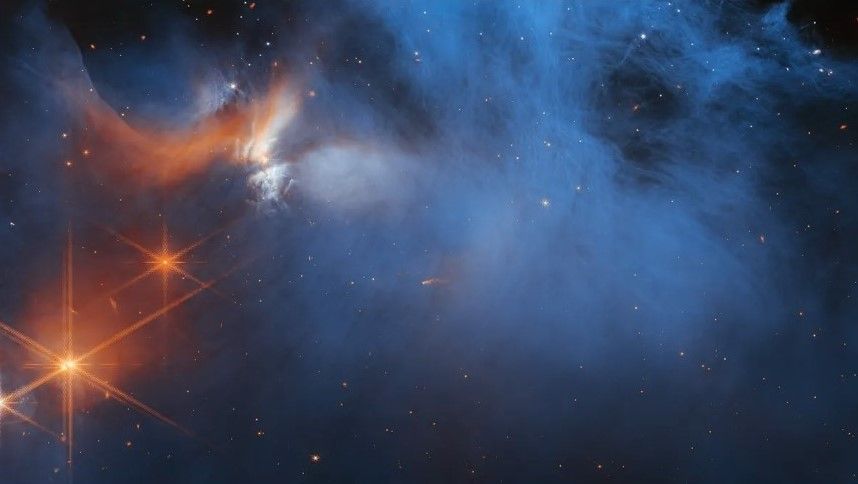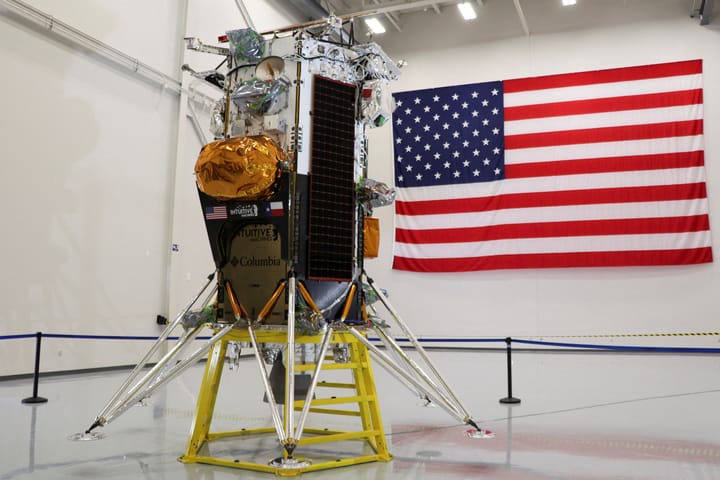Finding the building blocks of life in outer space
How could life form in outer space?

A few minutes every morning is all you need.
Stay up to date on the world's Headlines and Human Stories. It's fun, it's factual, it's fluff-free.
On Monday, scientists working with the James Webb Space Telescope announced they'd found icy molecules hidden within the Chamaeleon I molecular cloud. This cloud is a few hundred light-years from Earth. And these icy molecules are sort of like the building blocks that'll one day fuse together into a new generation of stars and planets. They could even be the spark of new life. Alongside frozen carbon dioxide, ammonia and water, the telescope discovered evidence of "prebiotic molecules" in the cloud. These are basically chemicals known to support the conditions for creating life.
"These observations open a new window on the formation pathways for the simple and complex molecules that are needed to make the building blocks of life," said Melissa McClure, an astronomer at Leiden Observatory, in a statement.
But how could life form in outer space before with the Earth?
Last December, scientists discovered that gamma rays might've played a major role in the beginnings of life on Earth. A group of scientists led by Yoko Kebukawa, an astrobiologist at Yokohama National University, conducted a groundbreaking experiment to test this idea. They used formaldehyde and ammonia, commonly found inside space rocks, and showed how these compounds become amino acids when exposed to gamma rays.
This experiment demonstrates "a new prebiotic amino acid formation pathway that contributes to life's origin," according to a study published in ACS Central Science. What happens is that the rays explode within space rocks when radioactive elements within the rocks decay. With this experiment, we can see one possible origin for the amino acids that spread on Earth billions of years ago, which made our planet ripe for new life.
Icy dust bodies in that cloud contain water, ammonia and small carbon molecules. The chemicals that make up amino acids are right out there in space. There just needs to be some kind of energy to trigger the reaction that causes the acids to form.




Comments ()